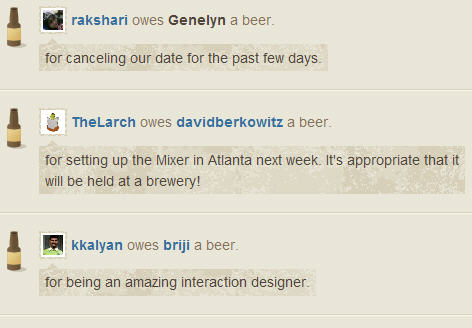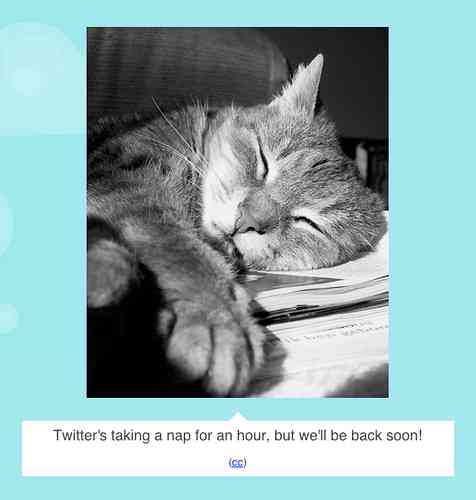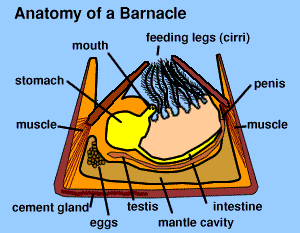Twitter interests me more for what it foreshadows than for what it does. This micro-blogging system is currently little more than an electronic water cooler, where information workers and students can socialize and blow off steam. But it also has aspects of a social network — a very open social network. And that means it has the potential for some exciting innovation.
I look at Twitter as a VisiCalc of this era. VisiCalc was the first spreadsheet program for the personal computer. Primitive by modern standards, its greatest feat was setting a new paradigm. Spreadsheet progams look odd to those who have never used one, but for adopters, it is a powerhouse– something that many couldn’t imagine working without.
Of course, that’s the magic of the paradigm, not VisiCalc specifically, which was usurped by competitors within a few years of its release.
Sooner rather than later, a Twitter competitor will take the new behaviors of microblogging and deliver something extraordinary. This will be something we would not want to live without. Similar to Excel, this competitor will arrive with bigger, smarter features and scoop up market share.
Or maybe I’m wrong and Twitter will do the impossible. Perhaps it will be able to hold onto and expand its base of users as it morphs from networked toy to networking tool. Here is one ray of hope for Twitter that they will have a better chance than VisiCalc did: Twitter courts and encourages third party developers.
May I Buy You a Beer?
Which brings me to the latest Twitter-affiliated innovation: Along with Foamee, Twitter users can now publicly proclaim their intentions to buy someone a beer. Foamee then tracks the IOU, and even allows for scores to be settled and ledgers closed. Good work, Dan Cederholm of SimpleBits Design, for this fun Twitter add-on. Here’s a screen cap showing my IOU (middle posting) from this morning:

Twitter continues to innovate by opening up to the creative community at large (another fun example is this mashup: TwitterVision). How incredibly smart. This week at ad:tech New York, Google announced it has organized several major social network sites to back an open source way of building and sharing widgets. It’s called OpenSocial.
The folks behind Google (and its own social network, Orkut), wisely recognize that innovation can only be accelerated through the “network effect.” And innovation is, after all, a key to survival. They might have even been inspired by watching Twitter.
If so, Google owes Twitter a beer.


 As I pointed out in my post, this application is part of a larger trend. Namely, that of launching a shoestring site that is financially independent of a larger site, but completely dependent on it for survival. It’s an interesting paradox, and all but cries out for a new piece of jargon. You know, something to toss out casually during your next new media PowerPoint presentation.
As I pointed out in my post, this application is part of a larger trend. Namely, that of launching a shoestring site that is financially independent of a larger site, but completely dependent on it for survival. It’s an interesting paradox, and all but cries out for a new piece of jargon. You know, something to toss out casually during your next new media PowerPoint presentation.